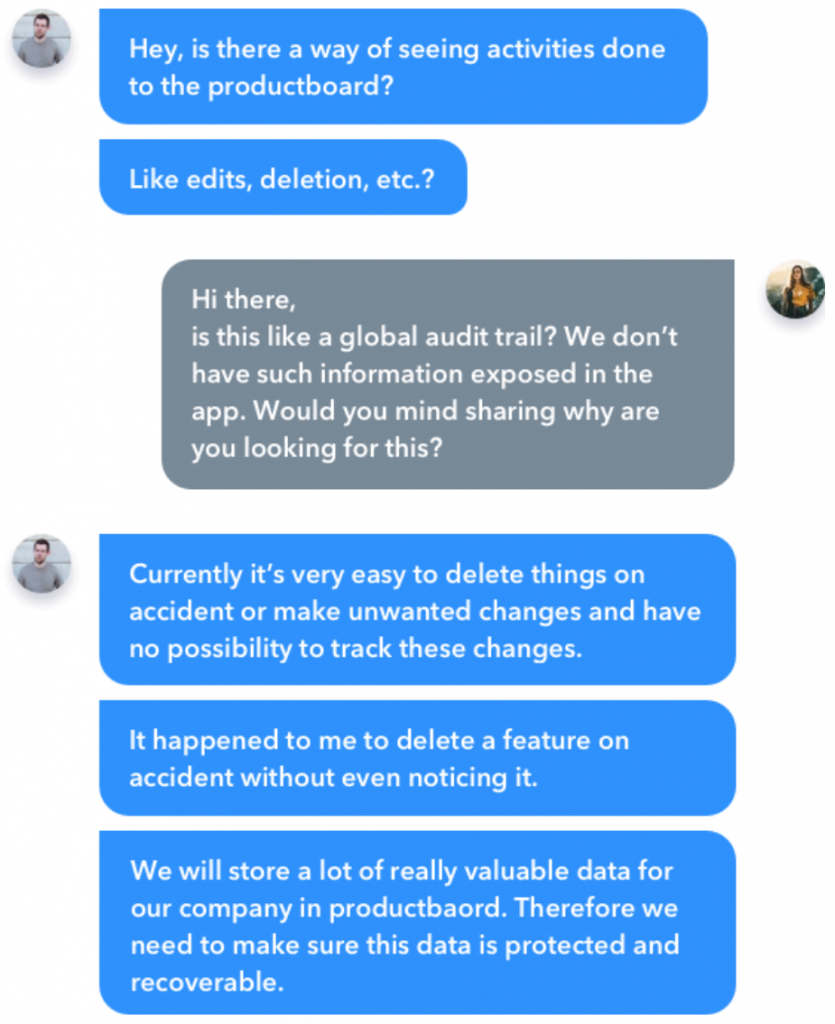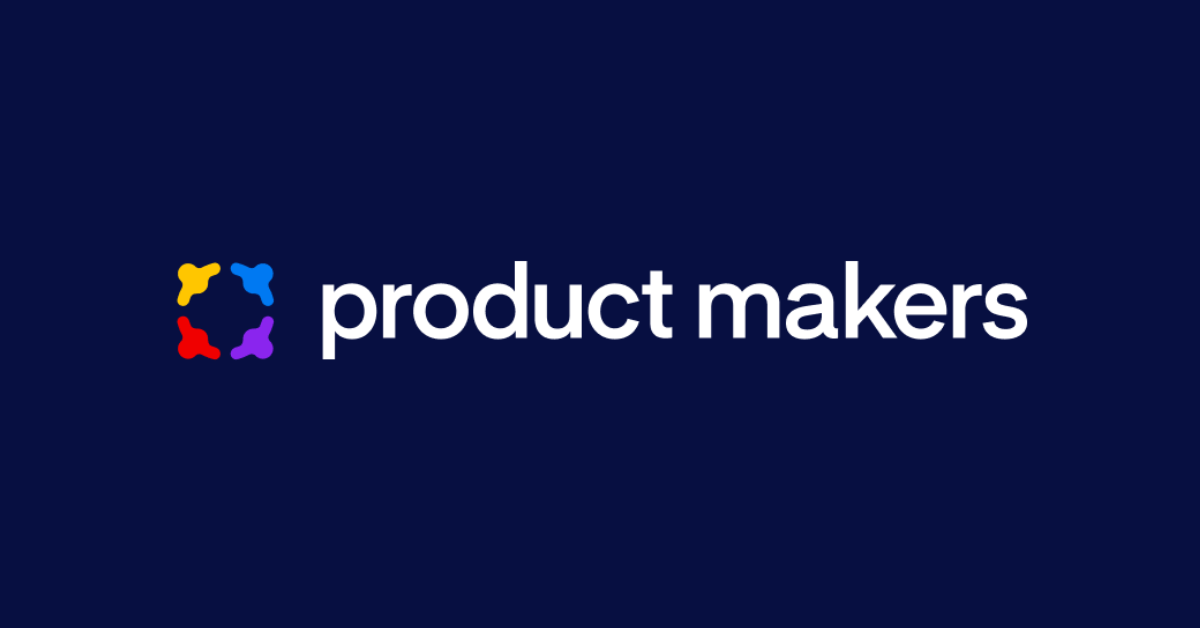3 techniques to quickly discover what your customer really needs

Are you building the right product?
“Building products means nothing when they’re not the right products.”
This is something our CEO always says because while everyone is moving quickly to get to market, what often gets lost in the process of product launches and marketing campaigns is a clear understanding of whether your team is even building the right product. What often makes this so challenging is the massive amount of customer feedback sitting across your product, marketing, sales, and support teams. It can be hard to figure out where it all is and how to analyze it. It’s especially true for smaller teams that don’t have dedicated user researchers.
I recently gave a talk at our Product Feedback meetup about how we use Continuous Discovery Process to capture customer feedback from all around our company to help us stay on top of feedback as opposed to always having to catch up to it. These 3 techniques help give us a clear view of our customers’ needs and should be helpful for anyone else, particularly smaller teams, to do the same.
1. Capture high-quality feedback
The first thing to understand when getting feedback is that customers often phrase it in the form of a solution instead of an actual need. Below is a chat we received where the customer indicated what they thought they needed.

Remember that it’s your job, not your customer’s job, to determine the solution. We could have very well built a feature that did this, but we wanted to get a clearer understanding of what he actually needed to make sure we’d build the right product. To do this, we asked some more probing questions.

If we had built what he initially asked for, an activity logging feature, we might have delivered something that he didn’t actually need! Instead, by going past his initial ask, we discovered that what he needed was a way to safeguard his data. This discovery isn’t only important to get to the right solution, but by tracking his need, we can brainstorm broader opportunities, such as around data retention, that would solve this need as well.
Build out an interview process so that you can identify actual needs upfront instead of trying to follow up with customers later. There are a lot of frameworks available, such as the 5 Why’s, but you can create one that best suits your needs. Once you create this, you’ll be able to identify your customers’ needs quickly.
2. Scale the interviews out
A lot of people at your company are talking to customers, including sales, support, and marketing, but you can’t easily capture customer needs if you’re the only one doing the interviews. After you determine what types of questions work best, train each of your customer-facing teams to ask them. This helps to align all your teams around understanding customer needs and which of those the product solves. All your customer-facing teams will be able to discuss customer requests through the lens of actual needs instead of suggested features. Ultimately, scaling out the interview process allows you to more accurately and rapidly get a sense of the themes behind your customers’ needs.
3. Collect feedback in a single place
If you have feedback sitting in email, Intercom messages, or Google Docs, then it’s likely everyone only has a small perspective of the whole need. It’s like the story about how different people in a dark room are describing an elephant based on which part they can feel. However if all your feedback is in one central location, then you and everyone else can have a complete view of the customer feedback and the actual user needs.
If you’d like to see how you can do that in productboard, you can start a free trial here.
Stay connected with your customers
The Continuous Discovery Process gives us a clear view of our customers without having to spend a lot of time sifting through data well after it’s been collected. It allows all of us—product managers, designers, development leads—to stay connected to our customers even though we’re not all talking directly with them. Also, the customers we frequently collect feedback from often become our first beta testers making it easier to get more feedback as we test new features out.
In a future post, we’ll talk about how we used customer feedback to build our Slack integration!




